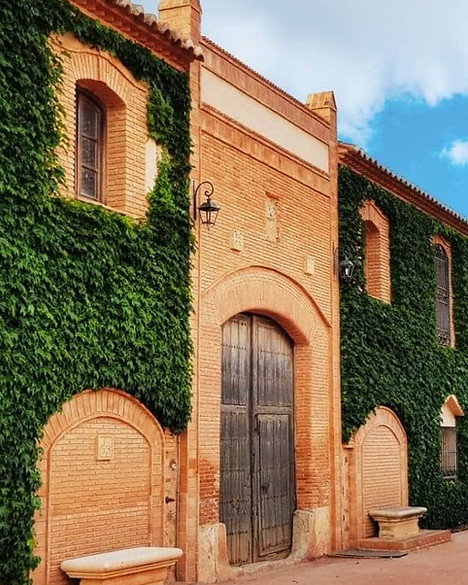About us
Encomienda De Cervera
We are located in the heart ✨ of the Campo de Calatrava Volcanic Massif, at an altitude of between 750 and 850 meters above sea level, surrounded by valleys and mountains. We are in a beautiful Unique Volcanic Environment :)
We are also part of the historic and cultural city of Almagro, just 20 minutes from our farm and well worth a visit.
Our estate is unique for its impressive geography. Within it, we have several Strombolian volcanoes, but the most important is the Maar Volcano of Hoya de Cervera , declared a Natural Monument in 1999 and which can be visited on our Guided Tours.
It is a hydromagmatic volcano and, thanks to its long period of inactivity, it enriches the soil with minerals that benefit the cultivation of our vineyards and olive groves.
Three centuries of history
Our estate has a special story. It belonged to the Counts of Valdeparaíso, who received this estate with the title of "Encomienda" from King Felipe V in 1741. This honor was later confirmed by Kings Fernando VI in 1748 and Carlos III in 1758.
At our estate, we focus on Organic Agriculture, creating volcanic wines and high-quality extra virgin olive oils. Everything we make in our winery and oil mill is crafted with love, using only the grapes and olives grown right here. Plus, we follow a quality system that ensures everything we produce meets the highest standards.


Last News
Encomienda De Cervera










